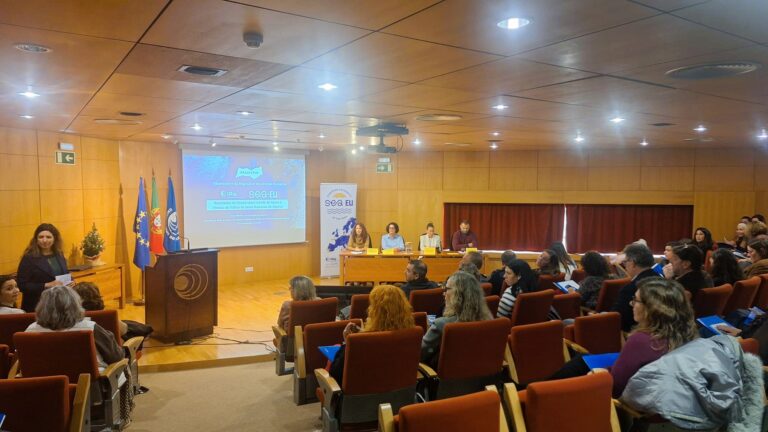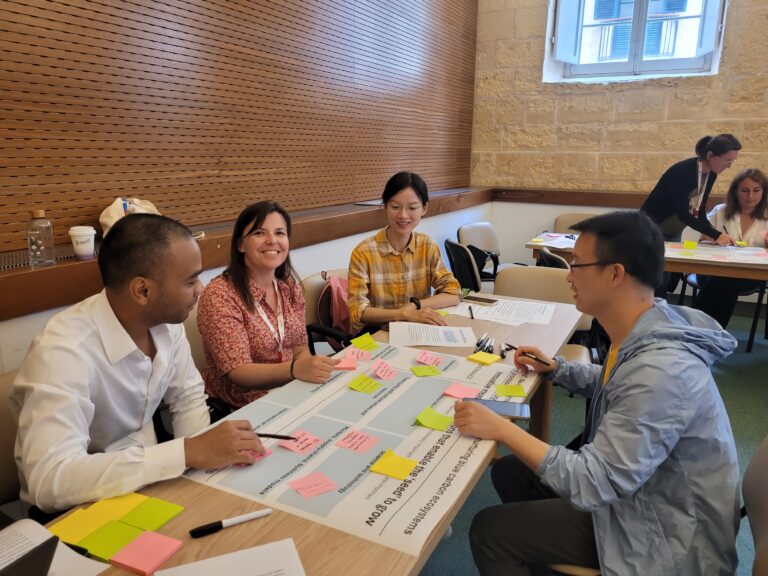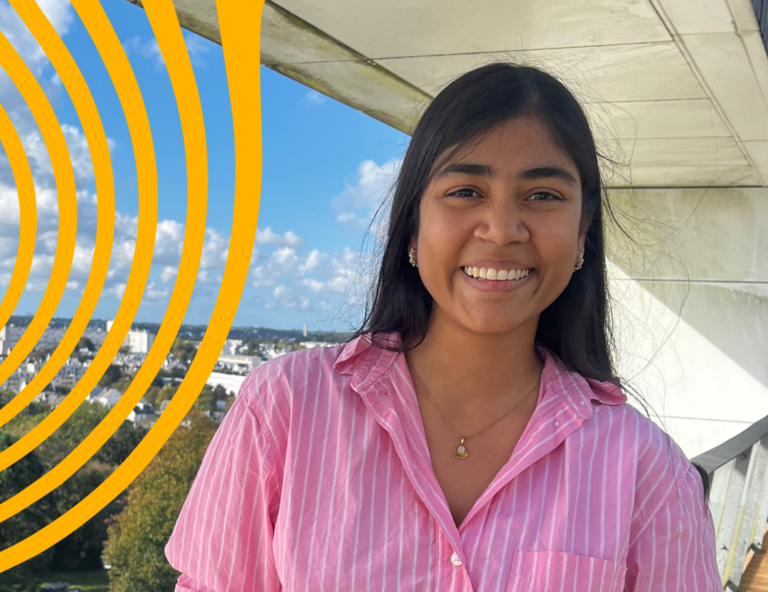As part of the SEA-EU WP 6 – Task 6.3 (Science Communication), the University of the Algarve (UAlg) is leading a meaningful initiative that showcases the power of science to engage society and promote sustainability in coastal regions. The travelling exhibition, “Transformation of the Eastern Algarve Coastal Landscape”, presents a striking visual narrative of environmental and social change along the Algarve coastline.
Developed by the Centre for Marine and Environmental Research (CIMA) at the University of the Algarve, the exhibition draws on extensive community collaboration and archival research. Historic photographs of the Eastern Algarve—some dating back to the 1930s—were sourced from a range of regional and national institutions, as well as private collections, in a collaborative effort to recover visual records of a landscape that has since undergone significant transformation. These images have been carefully paired with contemporary photographs taken in 2024, allowing for a direct visual comparison between past and present.
Each photographic pair is accompanied by a concise scientific explanation that highlights the primary drivers of landscape change—from coastal erosion and dune development to urban expansion and engineering works. In doing so, the exhibition brings to light the complex interactions between natural processes and human activity over time.
Reflecting on the project, Ana Matias, one of the lead researchers responsible for the exhibition, noted: “It was a pleasure to receive these historical photographs, to try and determine where they had been taken, and to study their differences from the present. Being able to share them with the public and apply our scientific perspective to the landscape truly fulfilled the purpose of this project. I hope that visitors will enjoy the beauty of our coastline, understand its dynamic nature, and recognise the profound impact of human occupation on these vulnerable areas.”
The main objective of the exhibition is to communicate science in an accessible and visually compelling way, particularly in the field of coastal dynamics. Through the juxtaposition of historical and contemporary images, it seeks to reveal major physical and social transformations, while enhancing public understanding of the natural and anthropogenic processes shaping coastal environments. In addition to promoting scientific literacy, the exhibition encourages reflection on how these spaces are used, valued, and preserved today.
Over recent months, the exhibition has attracted hundreds of visitors, demonstrating its strong resonance with both local communities and the broader public.
The exhibition forms part of the LIFE Ilhas Barreira project (LIFE18 NAT/PT/000927), co-financed by the European Union through the LIFE Programme. This broader initiative aims to protect and restore the barrier islands of the Ria Formosa—a coastal lagoon system located in the Algarve region, known for its ecological richness and vital role in coastal protection—while promoting sustainable practices and increasing awareness of the fragility of coastal ecosystems.
By transforming scientific research into an experience that is both informative and emotionally engaging, this exhibition exemplifies the goals of Task 6.3, promoting best practices in science communication across the SEA-EU Alliance. It offers a compelling example of how universities can foster public dialogue around regional challenges, cultivate scientific understanding, and strengthen the relationship between academia and society.
Initiatives such as this reaffirm the University of the Algarve’s commitment to the SEA-EU mission, contributing actively to a more informed, resilient, and sustainable coastal Europe.



